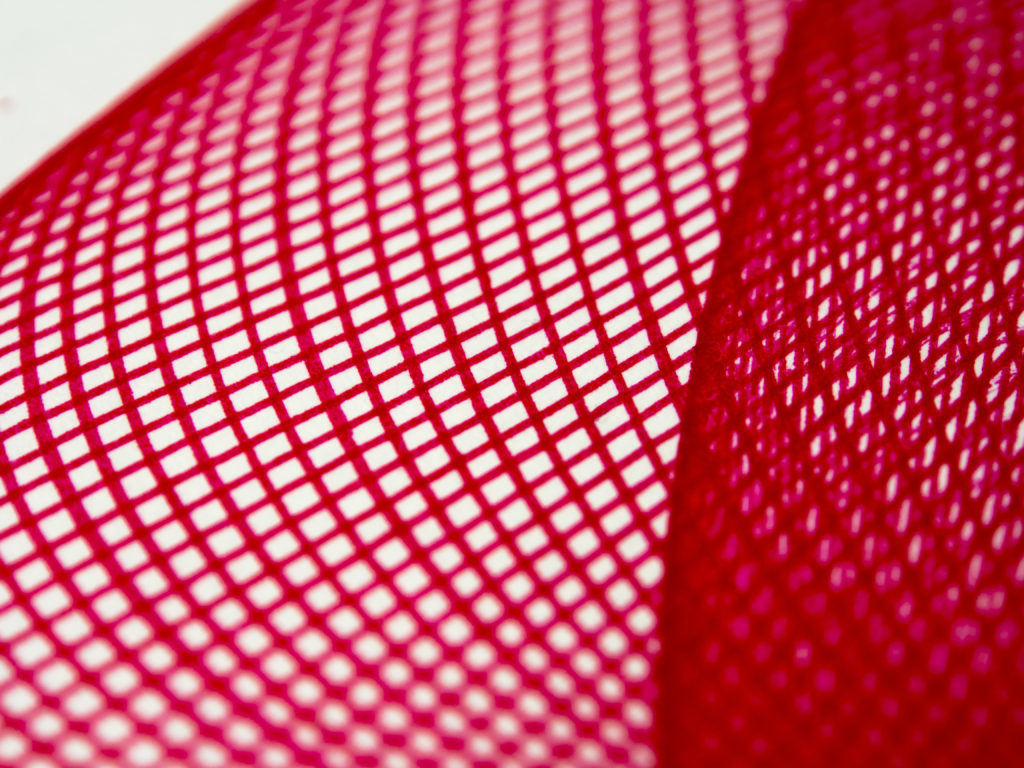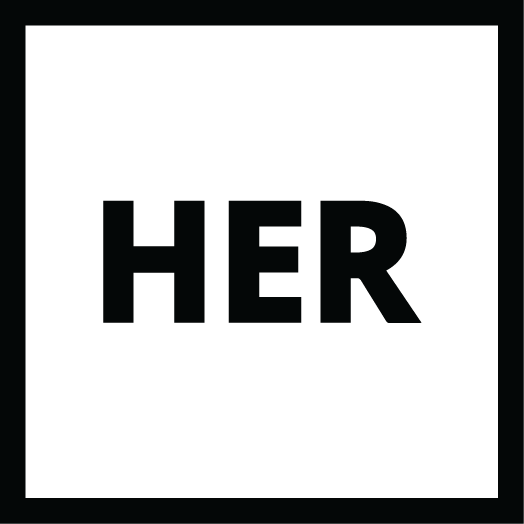I was always a maker. Always tinkering with toys; annoying my mom when the 10th little car she bought for me was disassembled and re-purposed to be a lawn mower. Speaking of lawn mowers – my dream was to make a autonomous robotic lawn mower – so I could kick back with a beer in the sun…
Then I discovered computers and started making on the computers. Making in the purest of the forms – coding. Most of my work turned virtual. All of the ideas, the creations are in my head. The pixels on the screen are only proxies to the ideas. I really missed working in the real, physical world; with my hands.
I was ready, looking for a manual project. I found a video online of a plotter. I became fascinated. It was a perfect blend of engineering, coding and manual work. I stood on the shoulder of internet giants and designed my own plotter and built it from scratch.
Here is a timelapse of assembly.
I have to come clean. I did not really know how to assemble the robot so precisely so quickly. I have manufactured the parts gradually, burned a lot of electronics trying things out. That is the way I learn, I experiment and see what happens. A lot of time that ends up in magic smoke, or rapid unscheduled disassembly – RUD (an engineering joke, don’t bother ;)).
That is the way I approach my art as well.
What art?! you might ask? I just see a robot.
I haven’t explained what a plotter is, haven’t I? Plotter is a machine that can move a pen around and draw on a piece of paper.
My draw (ha!) to building a plotter was that I could build something with my hands, something physical and marry it to my creativity and love for drawing. The problem is – I am a terrible drawer, but thanks to the plotter now I can express myself creatively through code.
The algorithms I write I usually are quite “meta”. I operate on the level higher than the artworks. The code I write is a description of the ideas, then patterns emerge from the intersection of those ideas in the form of the artworks.
The thing is that the algorithms are only one out of three parts of that collide to combine into the art.
The second part is some kind of an input that the algorithm feeds on; it can be someone’s heartbeat, their brainwaves (EEG), their voice or the randomness of space radiation, a photograph, or just a plain randomness generated in the computer.
The third part is the the tools I use to actually physically draw. The paper I use, the speed of the plotter, the pen, the ink. All of those combine into something beautiful. A coarse paper with a very stiff pen and viscous ink produce very textured and rough lines.
This is an interpretation of a harmonograph machine drawing on a smooth paper with a soft-tipped red pen.

Harmonograph 0 in red
and compare it to those rough line of a coarse paper

